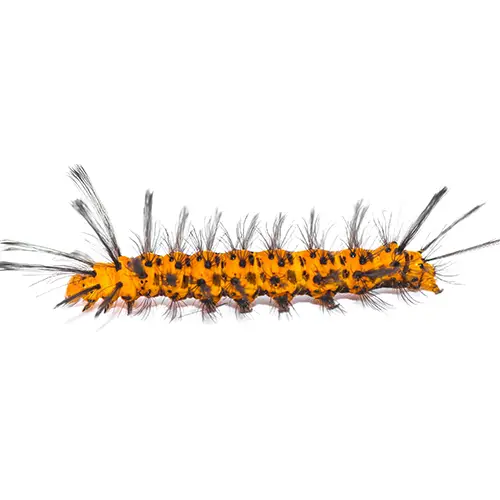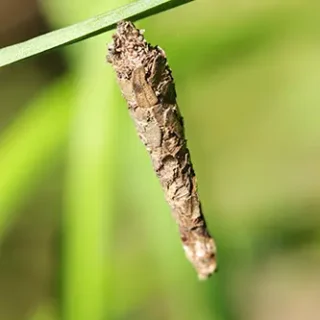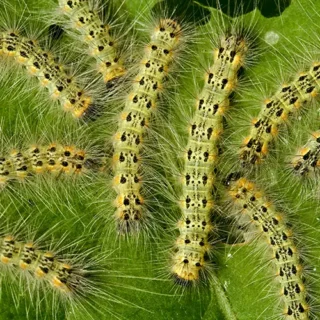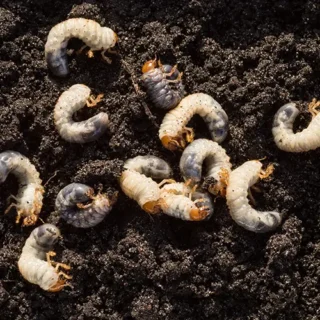Oleander Caterpillar in McAlpin
As adults, oleander caterpillars transform into elegant moths known as polka-dot wasp moths, known for their bright red hindwings with white spots. In the larval stage, these insects are still just as unique to look at, almost seeming to come from another planet entirely thanks to their long tufts of black hair. Oleander caterpillars are most known for feeding on the leaves and stems of oleander plants, which contain highly toxic chemicals called cardiac glycosides. If consumed by a humans or other animals, these plants could lead to arrhythmia or cardiac arrest, but the caterpillars can consume the toxin and actually store it in their bodies to use as a defense mechanism.
Oleander Caterpillar Habitat
Oleander caterpillars prefer sunny areas with ample foliage and are frequently spotted in gardens, parks, and residential landscapes across the southeastern United States, particularly in states like Florida. These caterpillars exhibit gregarious behavior, often gathering in large groups on the leaves of oleander plants, where they feed voraciously. They are most active during the warmer months, from late spring through early fall, when their host plants are in full foliage. Oleander caterpillars undergo rapid development, with the larval stage lasting about three weeks before they pupate into adult moths.
Oleander Caterpillar Behaviors, Threats, or Dangers
Oleander caterpillars aren’t aggressive, but they can cause trouble if you come into contact with them. They often trigger allergic reactions or itchy skin rashes, which may become even less pleasant if you touch your eyes afterward. These insects can also be very toxic to pets if consumed. Not only that, but their feeding habits could severely damage or even kill ornamental plants in your garden over time. In short, dealing with an oleander caterpillar outbreak can be stressful and difficult to deal with. If you’ve come across some in your yard, it’s best to consult a licensed exterminator for advice on next steps.
Need help with Oleander Caterpillar control?
Leave your information below and we’ll be in touch with a FREE quote!
"*" indicates required fields
*During normal business hours. After hours calls will be returned the next business day.





